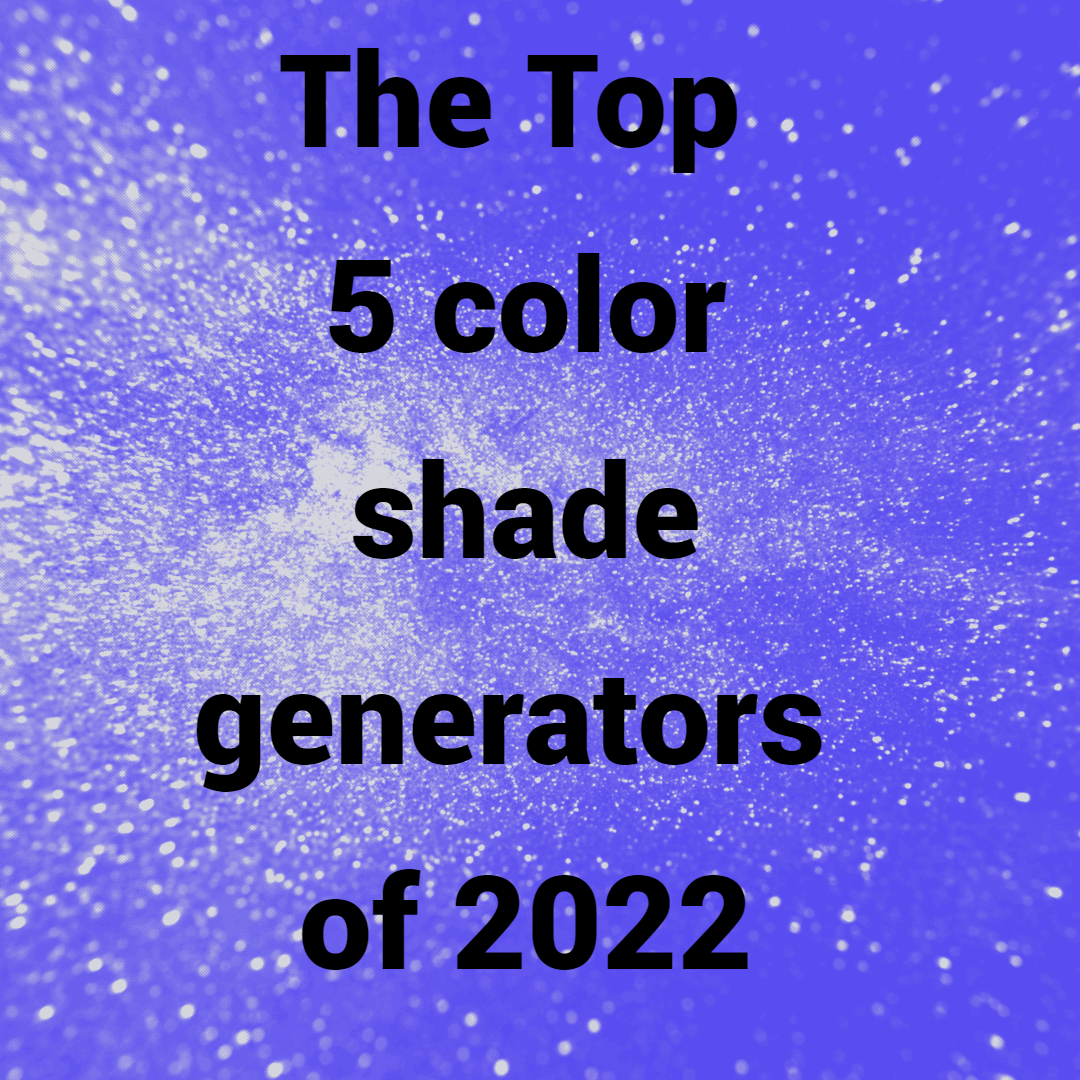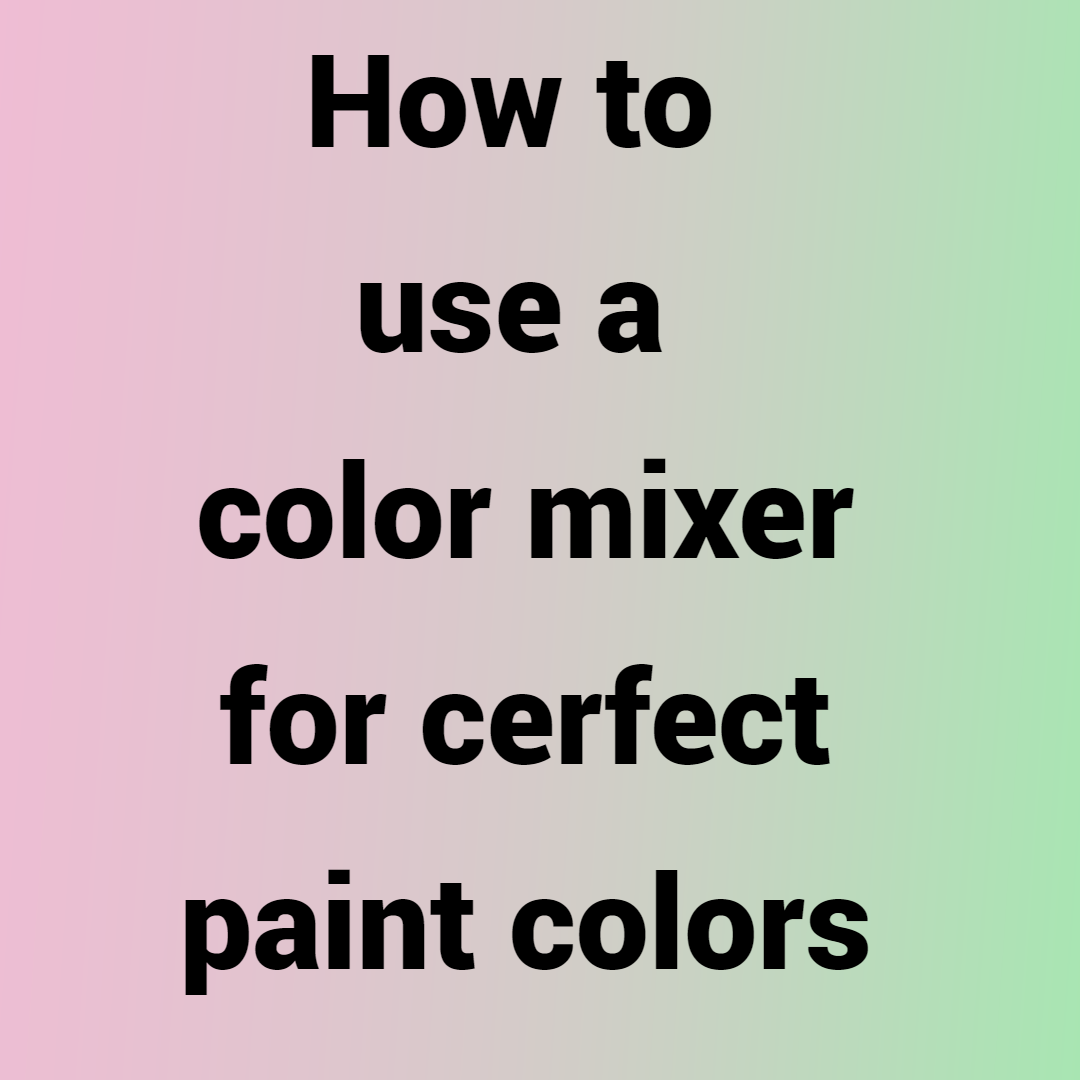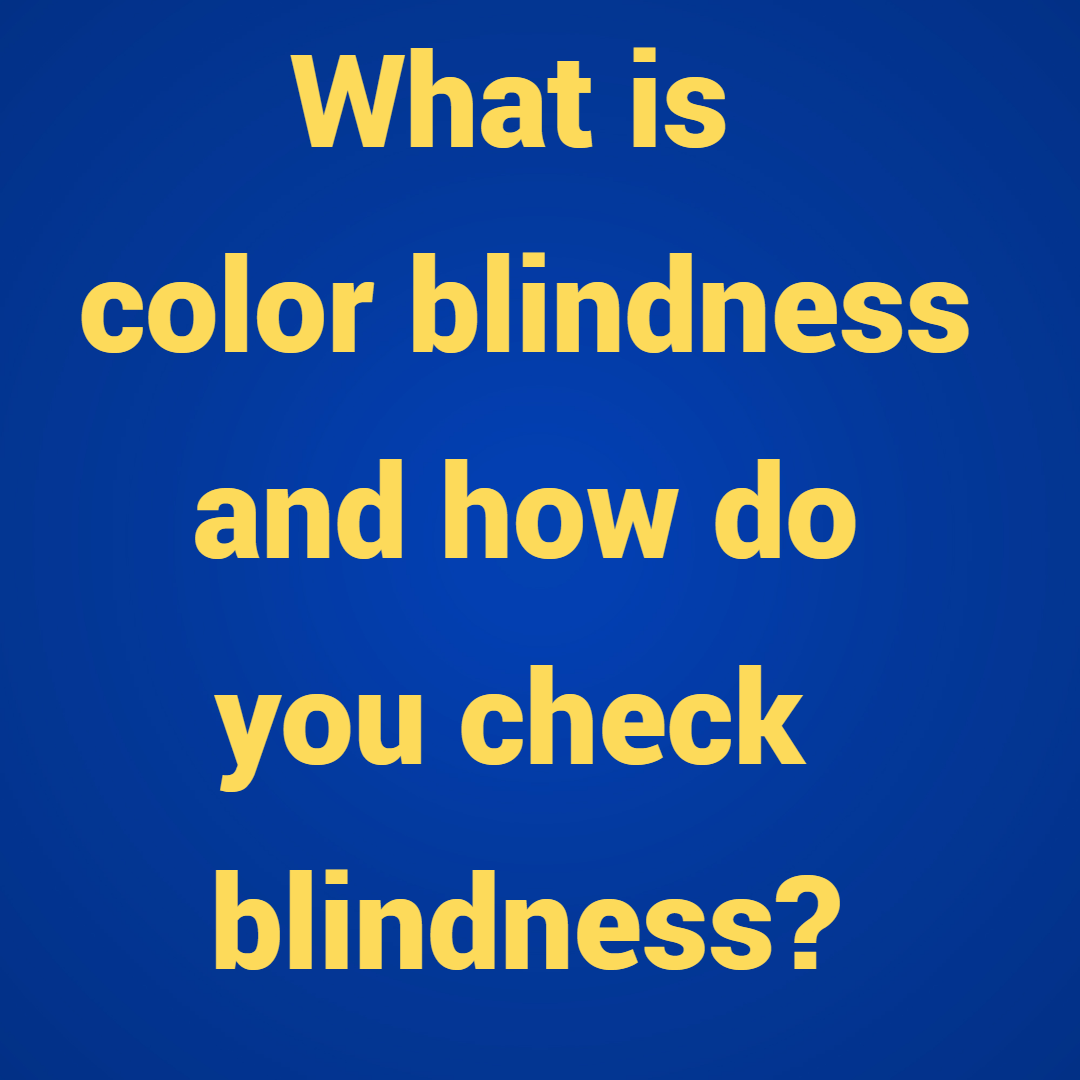It’s simple to fall prey to habit when working on numerous design projects and select the same color scheme each time. Because of the vast array of tones, hues, and shades that are available, it is simpler to cling to what we are familiar with than to try something daring and novel.
- Experimenting with color, however, shouldn’t be frightening. Instead, its potential for allowing creative freedom ought to motivate us in our day-to-day work and spur innovation.
- One of the most effective website design components is color. According to research, up to 85% of consumers say color is the main factor in their decision to purchase a particular product, and 92% say the visual appeal is the most persuasive marketing element overall.
- It’s important to take the time to carefully choose a color scheme for each design because color has the potential to have such a significant impact.
- We have compiled the top free online color palette generators to aid you in your search for the ideal color scheme. We hope you’ll find a tool you like and that motivates you to step outside your color comfort zone.
What is a color palette?
A color palette, also known as a color scheme, is a collection of colors used in a design, work of art, website, application, or overall brand. Color palettes are deliberately chosen because the visual using the chosen colors isn’t intended to use any other colors besides those in the palette.
- A color palette can contain as few as one color (in various shades and tints; this is a monochromatic color scheme) or as many as eight colors, provided that they complement one another.
- However, in order to keep your brand visuals clear and recognizable, you should typically stick to using no more than two or three colors.
- Let’s take a look at an illustration of how a color scheme might be presented. Designer removed the dominant hues from the image below, leaving us with a stunning palette of six hues that harmoniously match one another.
- However, it is unusual for a visual to exist independently of the color scheme. Starting from scratch and finding colors that balance each other is what makes choosing brand colors and a color palette for a design, website, or app so challenging.
- Before we dive into our list of color palette generators that will greatly simplify the process, let’s first discuss how to find a color palette.
Where to find a color scheme
It can be overwhelming to look at the color wheel and the seemingly endless possibilities when you’re trying to find a color palette of just a few complementary hues. It will be much simpler to find the ideal color scheme for your brand or project if you simply follow the advice we’ve provided here.
Knowing color theory
The principles we use color to communicate with an audience are referred to as color theory. A color wheel’s appearance must first be understood in order to begin comprehending color theory.
Three groups of colors can be identified on the color wheel:
- Red, blue, and yellow are the primary colors.
- Orange, green, and violet are secondary hues.
- Red, blue, green, orange, yellow, and red are tertiary colors; Crayola has given them names that are much more vibrant.
The color wheel is also separated by warm colors (reds, oranges, and yellows) and cool colors (greens, blues, and violets).
However, there are still additional aspects of color to consider:
- Hue: The primary hue on the color wheel.
- Shade: A color that has had black added, depending on how much black is used.
- Tint: The color with white added to it (lightening it depending on the amount of white added).
The topic of color palettes will now be discussed. When you start looking at pre-existing color palettes and color harmonies, finding a palette full of colors that complement one another isn’t that difficult. Some of these include:
- Monochromatic: To create a full-color palette, start with one color and add more tones and tints over time.
- Complementary: Two colors from opposite sides of the color wheel are used in this color combination.
- Analogous: an arrangement of three colors that are all close to one another on the color wheel
- Triadic: a color scheme that features three equally spaced colors from the color wheel
- Split complementary: A color scheme with one color from one side of the color wheel and two colors directly opposite from it on the color wheel
- Tetradic: A color scheme using two sets of colors that complement one another
- Square: a color scheme that uses four equally spaced colors from the color wheel
Understanding color groups, properties, and harmonies will put you on the right path to developing your own unique color scheme.
Identify the core of your brand
Your company mission, core values, and brand identity make up your “brand essence.” What values do you uphold? Therein lies the core of your brand.
Why is this important to know when selecting your brand’s color scheme?
The theory of color has already been discussed. Let’s add a new component now: color psychology. Finding a color scheme that captures the essence of your brand can help you connect with your target market because colors evoke emotions and convey specific messages (for example, the color blue is thought to be calming).
Consider it this way:
- Which colors do healthcare organizations frequently use? Blue. This is so because the color blue represents calmness and trust, two feelings that healthcare providers want you to feel as they assist you.
- The color green is also associated with nature and eco-friendliness. This is why color schemes used by nonprofit organizations or businesses that care about the environment frequently feature it.
To match your primary color to the essence of your brand, keep in mind the following color meanings:
- Red: Strength, bravery, and excitement
- Orange: Joy, warmth, and optimism
- Yellow signifies friendliness, joy, and vigor.
- Green: Natural, calming, and fresh
- Blue: Integrity, assurance, and fidelity
- Violet: opulence, healing, and spirituality
- Pink symbolizes modernity, love, and femininity.
- white: purity, brevity, and clarity
- Black: Prestige, elegance, and sophistication
- Gray: Class, maturity, and intelligence
- Brown: Reliability, stability, and earthiness
Choose a primary hue
Every successful color scheme begins with a base hue. And now that we’ve discussed color theory and psychology, you’re prepared to pick the dominant color. Be thoughtful when selecting this color representation because a signature color can boost brand recognition by 80%.
Try to picture Tiffany blue or Starbucks green.
These brands can be recognized just by looking at their primary color. You should aim for the same connection. Which color and its associated meaning best fits your brand’s personality and the message you want to deliver? Choose a variation of that color to use as your brand’s logo.
Make a brand color scheme
Finding a complementary color scheme is necessary once you’ve decided on your brand’s primary hue.
Remember the color harmonies we talked about earlier: Which color combination will highlight your core color the best?
Think about color psychology as well, though. What hues have associations with your brand?
Maintain a primary color scheme of no more than two or three colors. The use of secondary colors in other designs and marketing materials is always an option, though.
Although their primary colors are blue and orange, HubSpot has provided color codes for six additional hues that are acceptable in branded artwork. Even when additional colors are required to complete marketing materials, this helps keep visual content on brand.
10 best color palette generators
Are you prepared to select the ideal tool to discover your brand’s color scheme? You can easily create a color scheme that appeals to your audience using these 10 options. These color palette generators simplify the process regardless of whether you choose colors from an image or begin with a single color.
- Coolors
- Adobe Color
- Paletton
- Colormind
- Color Hunt
- Canva
- Khroma
- ColorSpace
- Colorkuler
- Designinspiration
Choosing the ideal color scheme for your brand
Finding the ideal color scheme for your brand may seem difficult, but it doesn’t have to be a difficult task. You can quickly identify a color scheme that perfectly encapsulates your brand if you have a basic understanding of color theory and color psychology, which you now possess as a result of our mini-masterclass in this article. You can also do this by strategically using a color palette generator.






